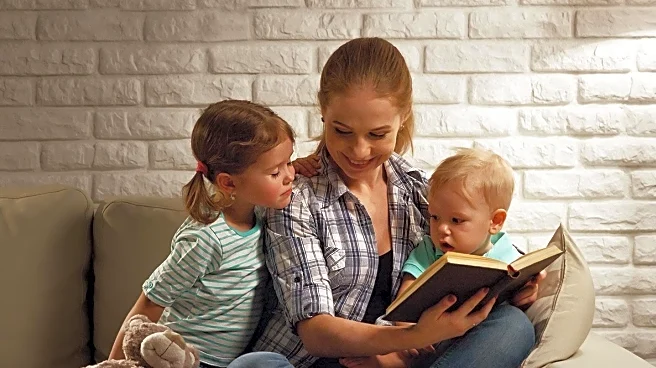What's Happening?
A viral TikTok video featuring a classroom chant about 'private parts' led by a teacher in Namibia has sparked debate online. The chant, aimed at teaching children about body safety, involves students confidently asserting ownership of their bodies. While some viewers find the approach aggressive, experts argue that such assertive communication is crucial for empowering children to protect themselves from abuse. The chant provides children with 'body safety scripts,' helping them articulate boundaries and seek help if necessary. Experts emphasize the importance of using real names for body parts and fostering a family culture of body autonomy.
Why It's Important?
The classroom chant highlights the ongoing efforts to educate children about body safety and consent, crucial topics in preventing sexual abuse. By encouraging open and assertive communication, educators and parents can help children develop the confidence to protect themselves in potentially harmful situations. This approach challenges cultural taboos surrounding discussions of body safety, promoting a more informed and empowered generation. The viral nature of the video underscores the public's interest in innovative methods of teaching these critical life skills.
What's Next?
As the debate continues, educators and parents may explore similar methods to teach body safety, potentially integrating music and chants into their curricula. The conversation around body safety education could lead to broader acceptance and implementation of such practices in schools worldwide. Experts may continue to advocate for open discussions about body autonomy, encouraging parents to reinforce these messages at home.
Beyond the Headlines
The viral classroom chant reflects broader societal shifts towards destigmatizing conversations about body safety and consent. This development may influence cultural norms, encouraging more open dialogue about personal boundaries and empowering individuals to assert their rights. The approach also raises questions about the balance between assertiveness and sensitivity in educational settings.











